Sprints, Relays, and Hurdles
Free articles and resources for sprints and hurdles coaches.
Developing young sprinters starts with sound technique, but that doesn’t mean over-coaching or chasing a mythical “perfect” model.
This first of 8 installments of our Coaching Development Sprinters series breaks down what matters most at each stage of development, from upright mechanics to acceleration posture, and provides practical cues and exercises.
What You Need to Know About Resisted Sprint Training.
Discover how resisted sprint training can transform your athletes’ acceleration, sprint mechanics, and explosive power. This evidence-based guide covers optimal resistance loads, distances, sets, reps, periodisation strategies, and the best tools for sprinters.
Why do hamstrings always seem to blow up just when things are going well? This quick, coach-friendly deep dive unpacks the real role of the hamstrings in sprinting, why they get overloaded, and—most importantly—how to train them smarter for both injury prevention and peak performance.
🎥 Includes a must-watch video breakdown, practical takeaways, and real-world coaching strategies to keep your athletes firing on all cylinders.
Go to any track on any given day and the chances are you’re going to see athletes doing A-skips and B-skips at some point. But how well do these drills actually replicate the movements of maximal sprinting? This article will look into the results of an article examining the kinematic and spatiotemporal differences between sprinting and these popular drills, providing valuable insights for coaches aiming to maximise sprint performance.
This article explores key benefits, effective techniques, and tailored session plans for both sprinters and distance runners of pool running. Whether you're looking to maintain fitness, build resilience, or introduce low-impact conditioning, this comprehensive overview will show you how to integrate pool running seamlessly into your training programs.
The muscular strategy shifts identified by Dorn, Schache, and Pandy (2012) provide essential insights for sprint training, particularly for 100m and 200m sprinters. Coaches should focus on developing hip muscle strength and power to improve stride frequency and optimise sprint performance.
This article summarises key findings from a study investigating the selection and rationale behind sprinting drills used by track and field coaches. It focuses particularly on coaches' understanding of how these drills impact sprint performance and technique.
This chart provides a general overview of the optimal distances, intensity, rest, progression, and daily training loads for developing the different components of speed, speed endurance, special endurance and tempo running.
This research paper focuses on hamstring strains in sprinters. The study systematically investigated the first six weeks following a hamstring strain in sprinters, including clinical examinations, MRI investigations and assessments of strength and flexibility. Key findings included a strong correlation between the location of the injury, distance from the ischial tuberosity and the time to return to pre-injury level, as well as the impact of proximal tendon involvement on recovery.
This research paper examines the biomechanics of sprint running and how these factors affect performance in the 100m race. The study explores the importance of ground reaction force (GRF), particularly its horizontal component, in determining acceleration. The authors used a motorised instrumented treadmill to measure GRF in detail and found that the ability to orient GRF forward is crucial for sprint performance, even more so than the total force produced. The study also investigates how different levels of athletes, ranging from non-specialists to world-class performers, apply force differently during sprinting. The results highlight the need for training programs that focus on both physical strength and technical skill development, specifically in orienting force forward during acceleration.
Check out this simple set of variations that you can apply with your sprints, jumpers, throwers, and endurance athletes.
In athletics sprint events, the block start performance can be fundamental to the outcome of a race. This Systematic Review aims to identify biomechanical factors of critical importance to the block start and subsequent first two steps performance.
Colleen Quigley is a long-distance runner and specialized in steeplechase. The Team USA athlete is going to show you some exercises for your hip strength and hip mobility which is very important for every runner, especially steeplechasers and hurdlers.
Walk Over Drill
Over/Under Drill
Can Can Drill
Coaches have long thought hurdlers and sprinters start their races differently. However, research analysing World Class sprinters and hurdlers show that sprinters and hurdlers aren’t as different as you think out of the blocks.
In all sprint running races (100m to 400m), every hundredth of a second gained or lost in the race counts. But, most importantly, the fastest male and female sprinters attain incredible top running speeds, with peaks in excess of 44km per hour and 38km per hour in the men’s and women’s 100m races, for example. So what makes a fast runner?
In the International Journal of Sports Physical Therapy, Lorenz and Domzalski have released a detailed rehabilitation program for athletes returning to sprinting after a lower limb injury. The program is a simple 3-stage process with clear criteria for progression to reduce the risk of injury reoccurrence.
What can the coach do to ensure that the time the athlete is spending in the weights room is being used most effectively for performance gains? This article looks at how we can select exercises in the gym that have the greatest transfer to sprinting performance.
Loren Landow, owner of Landow Performance, shows some example progressions and cues for correct accleration mechanics. This video has been produced by the National Strength and Conditioning Association in the USA.
This article will examine four key research papers on the benefits and sport-specific effectiveness of plyometrics training. We will examine their findings and place the results in the context of the wider peer-reviewed literature and expert opinion on the topic.
Based on a lecture by Tom Tellez, this article shares his approach to coaching the sprints. This article covers the notes that were made, outlining what he identified as the key priorities for each stage of a 100m and the verbal cues that he used with his athletes.
Australian Level 4 High Performance sprints coach, Paul Pearce, explains his approach to training and weekly training structure for his sprinting group.
It has been claimed that beach running is a great way to improve strength, fitness and running performance while preventing injury. So let's have a look at what the peer-reviewed evidence says, in conjunction with the opinion of our running experts, on the veracity of these claims.


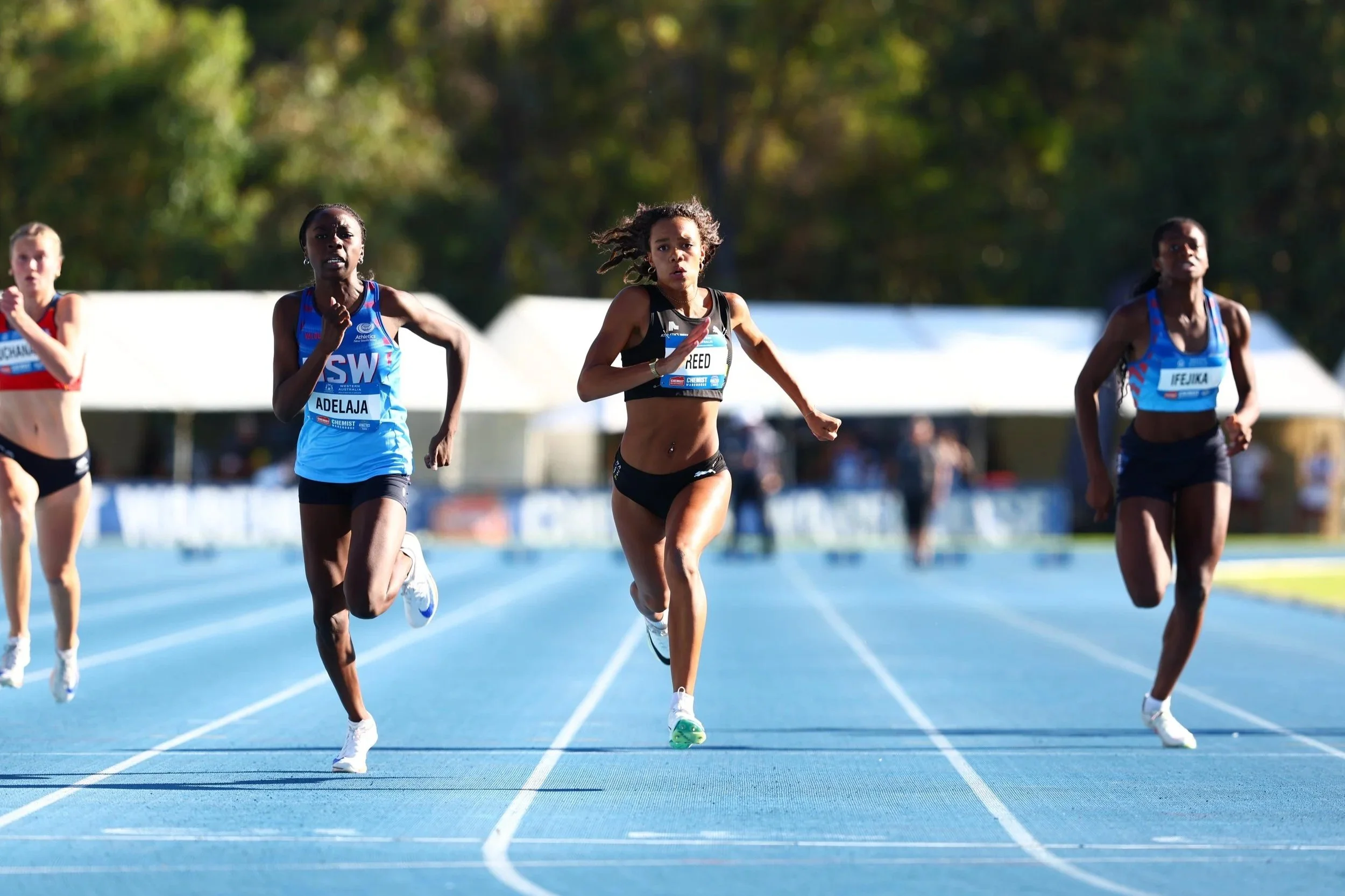




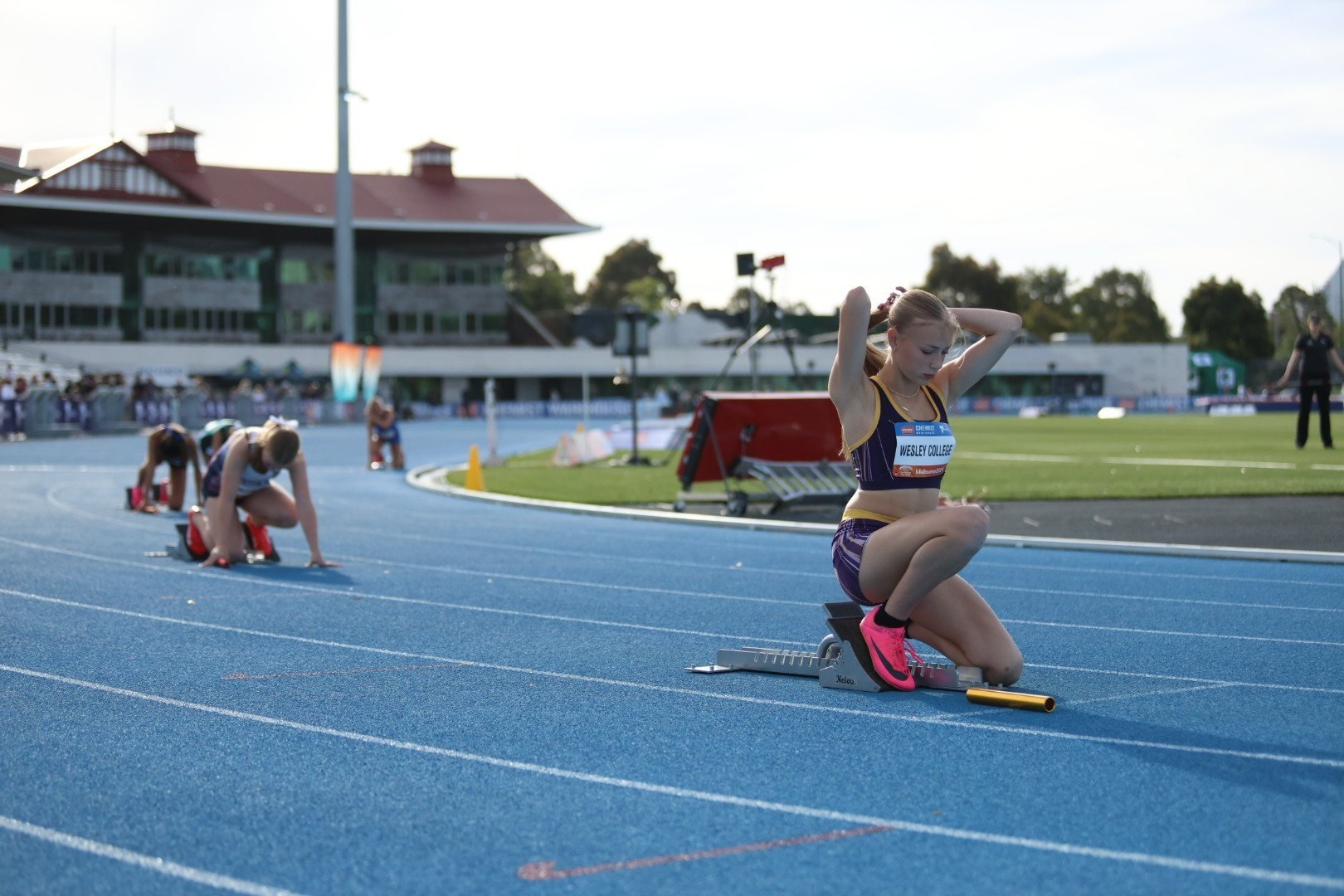
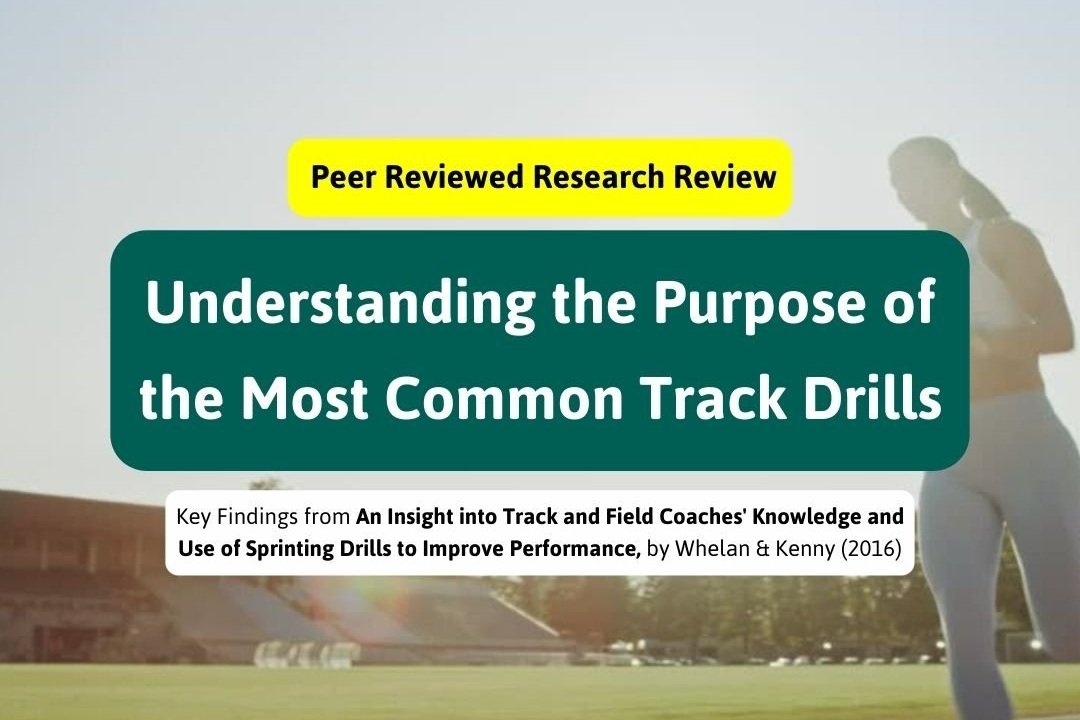
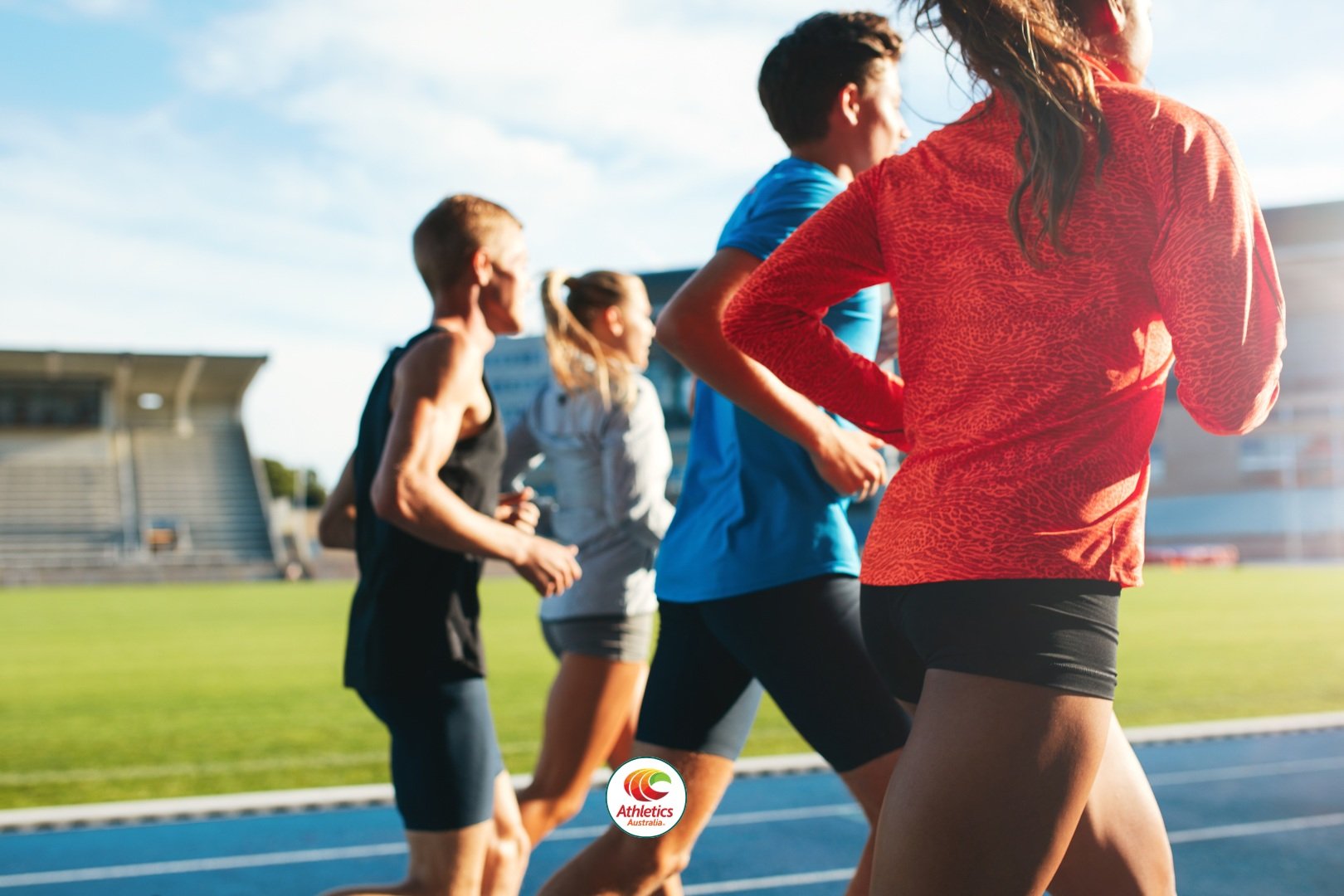
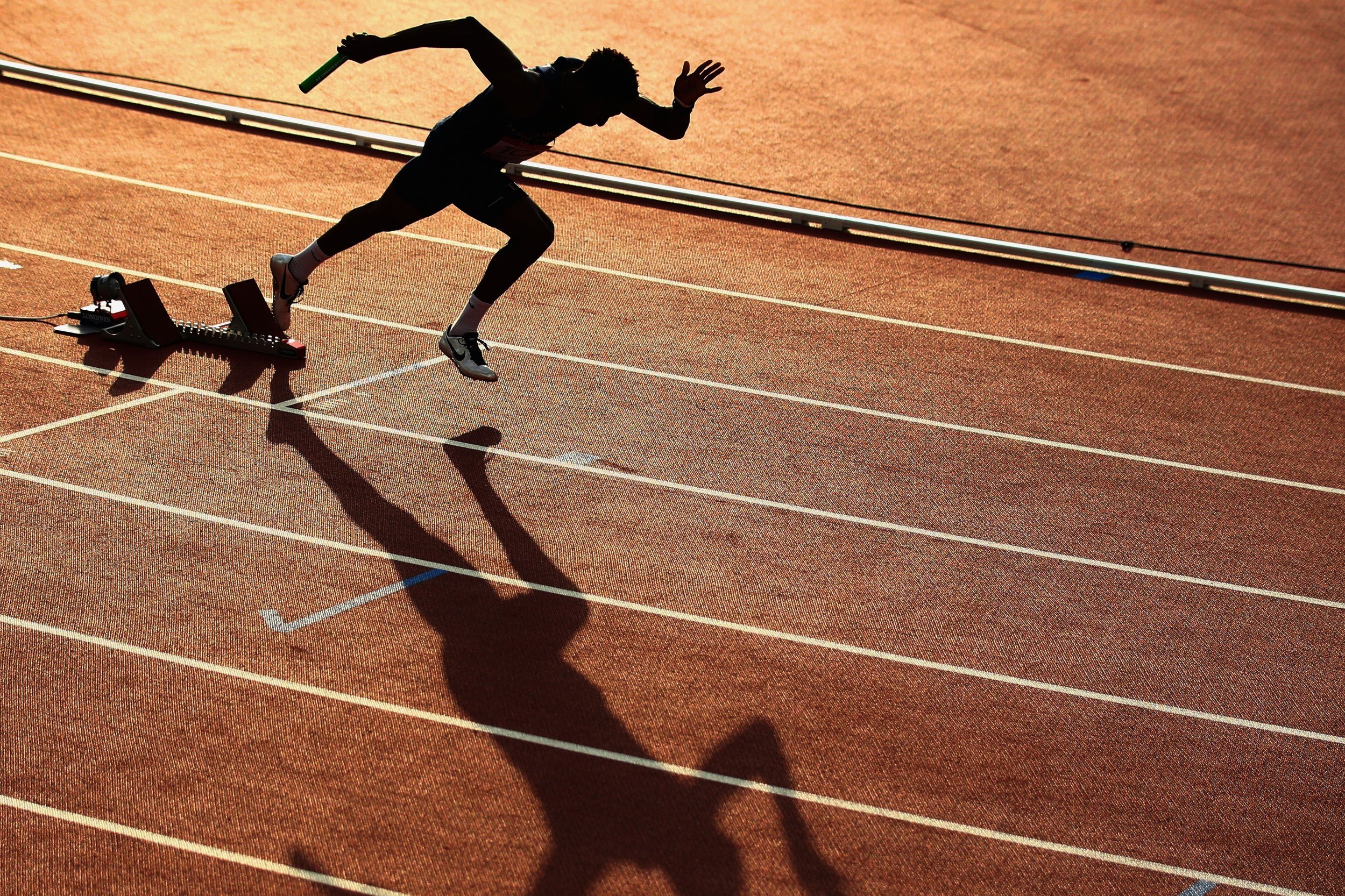
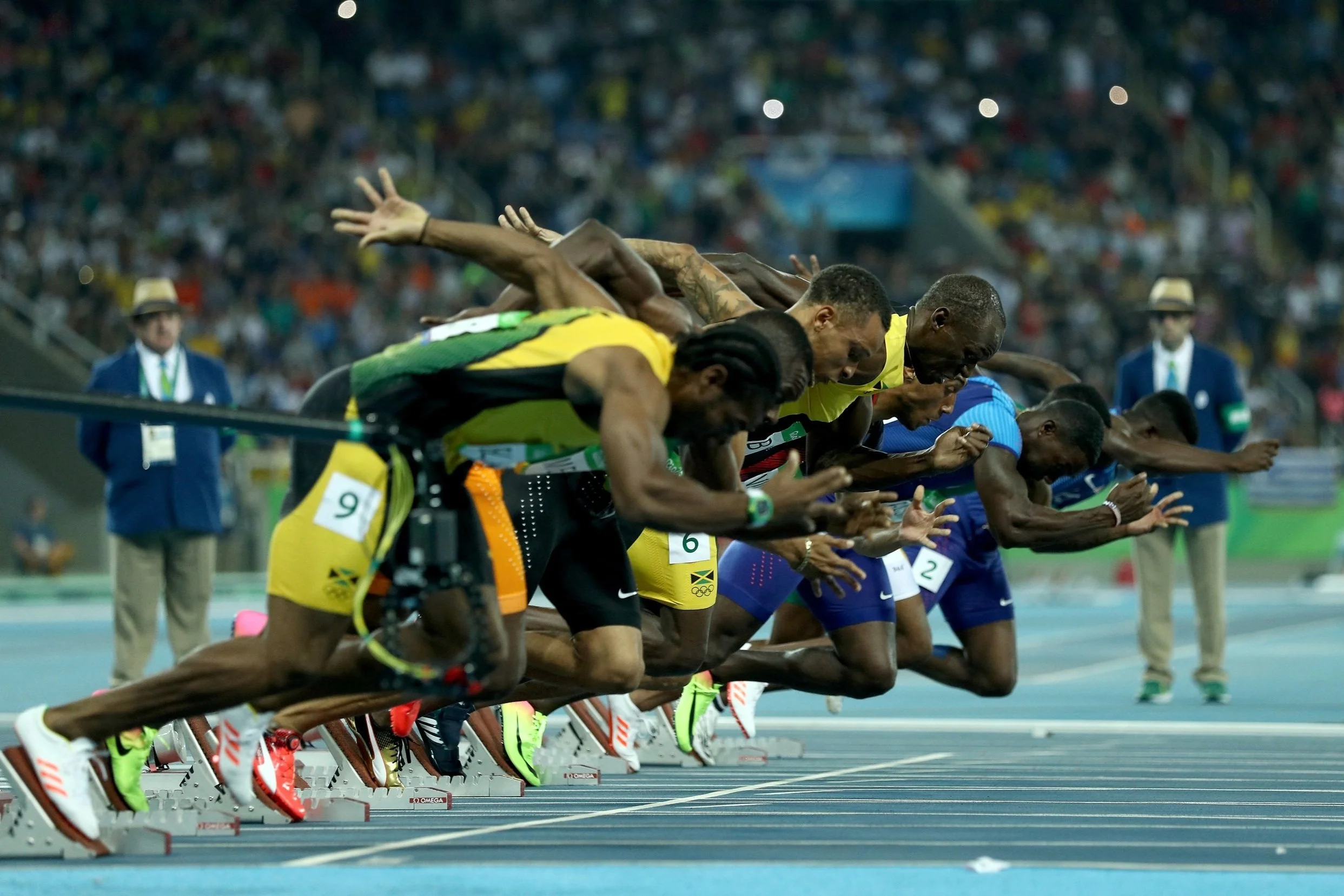







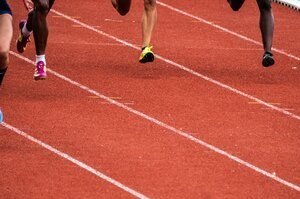
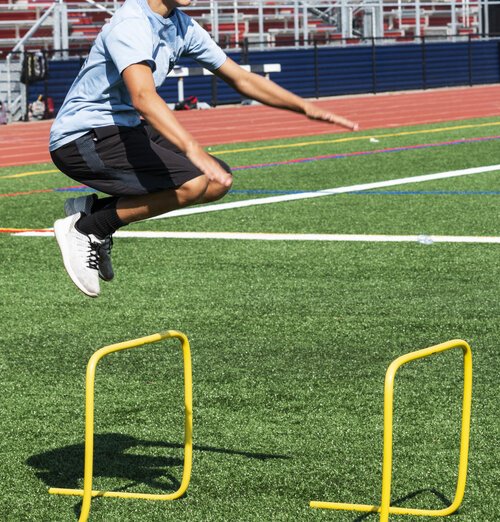
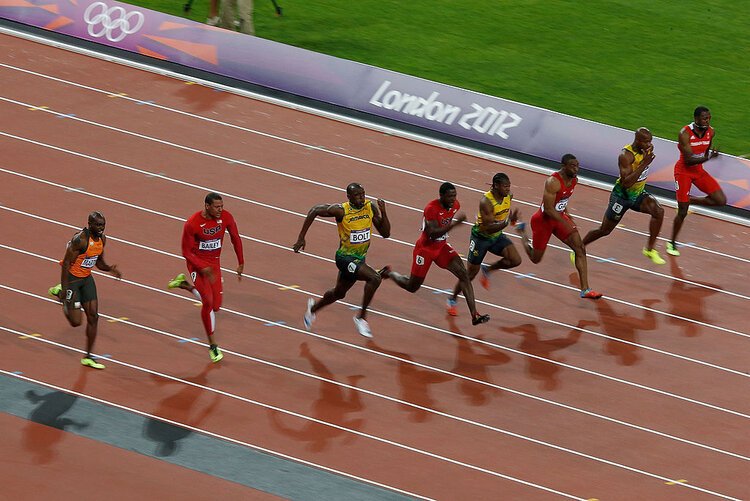
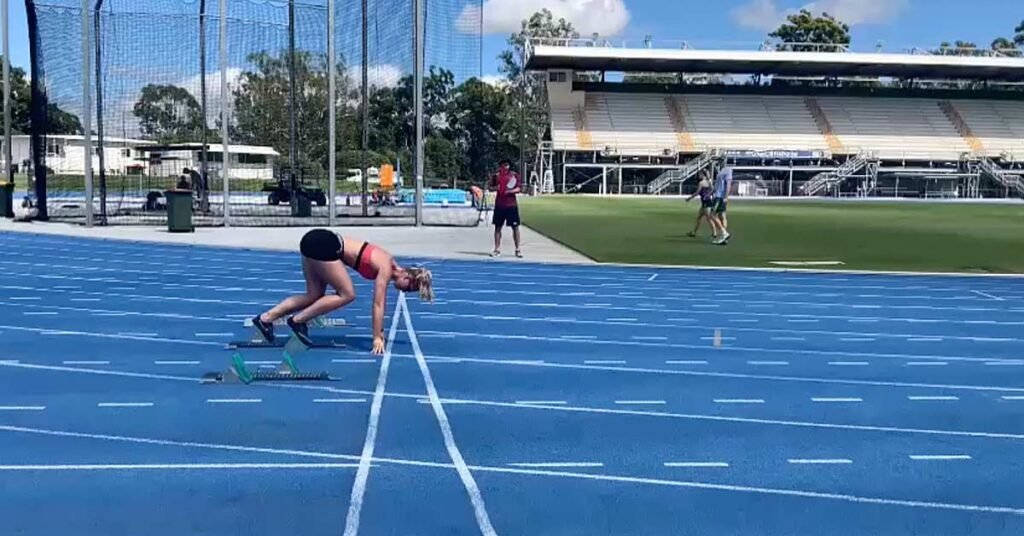

Sprint technique depends not only on correct movement patterns, but also on whether the athlete has the strength and coordination to execute them effectively.
Physical preparation gives athletes the foundation to express speed. It underpins technique, protects against injury, and unlocks sprinting potential. For teenage sprinters, a long-term, well-structured strength and conditioning plan is essential, beginning with general athleticism and becoming more specific as the athlete matures.